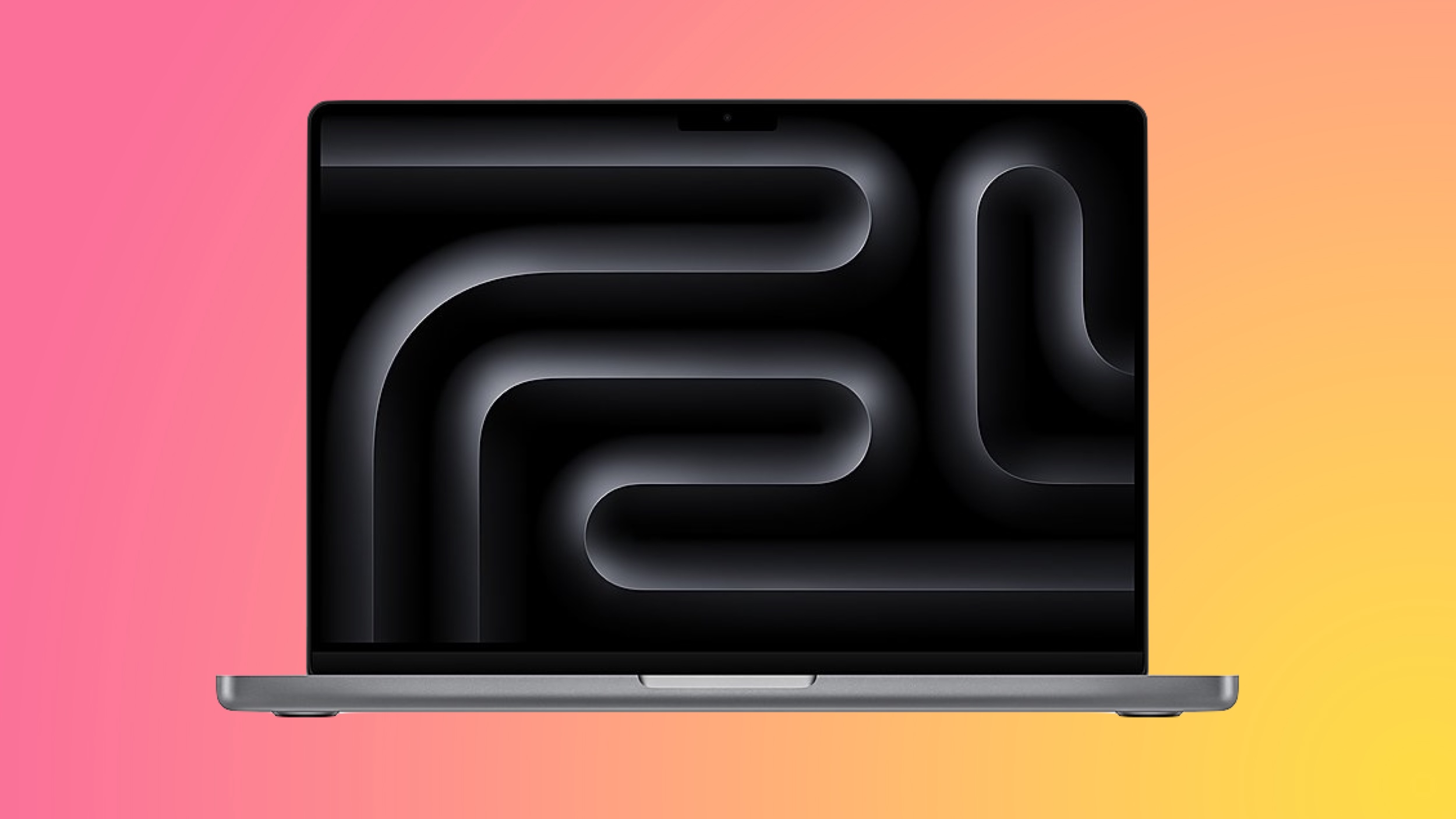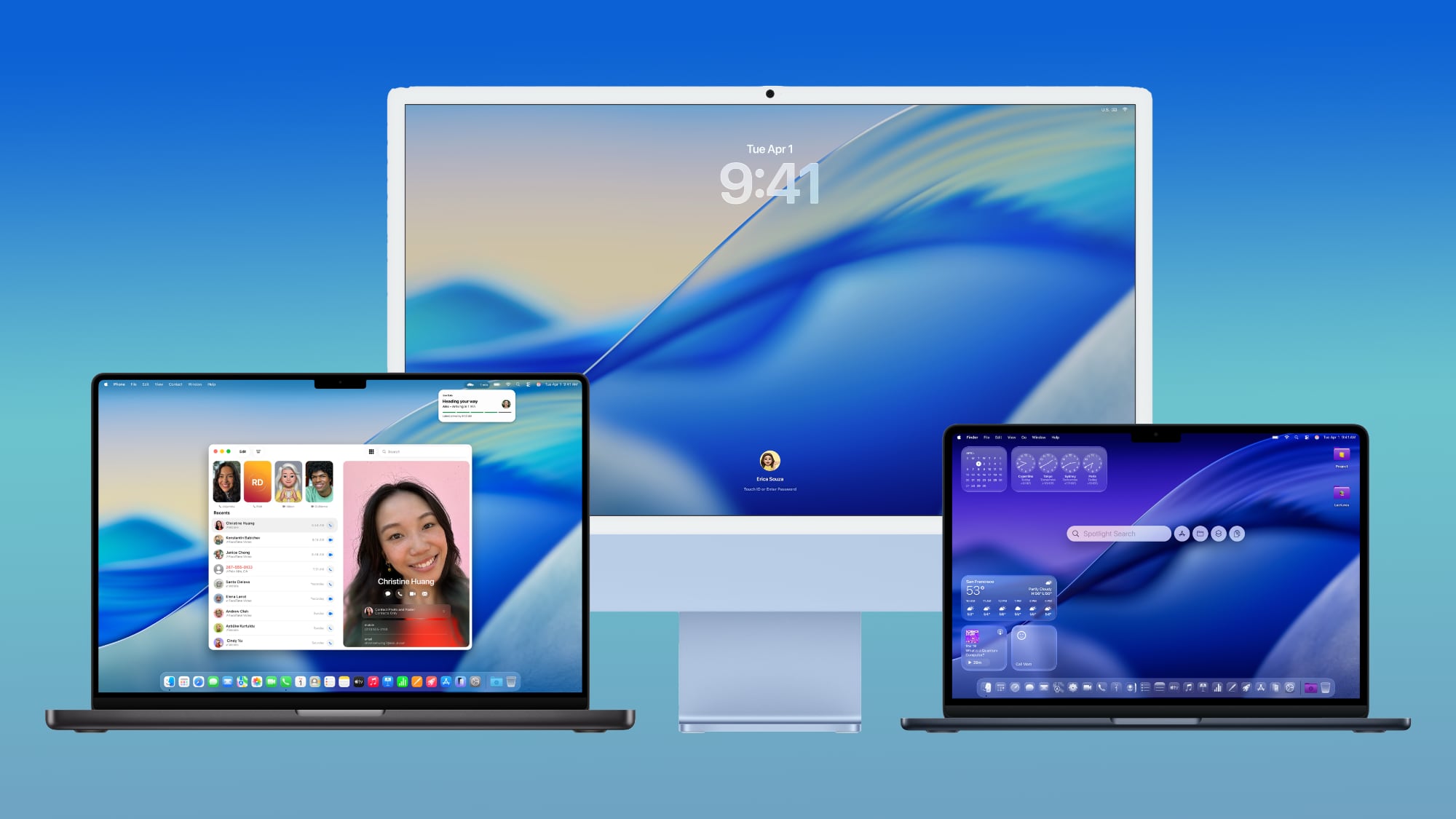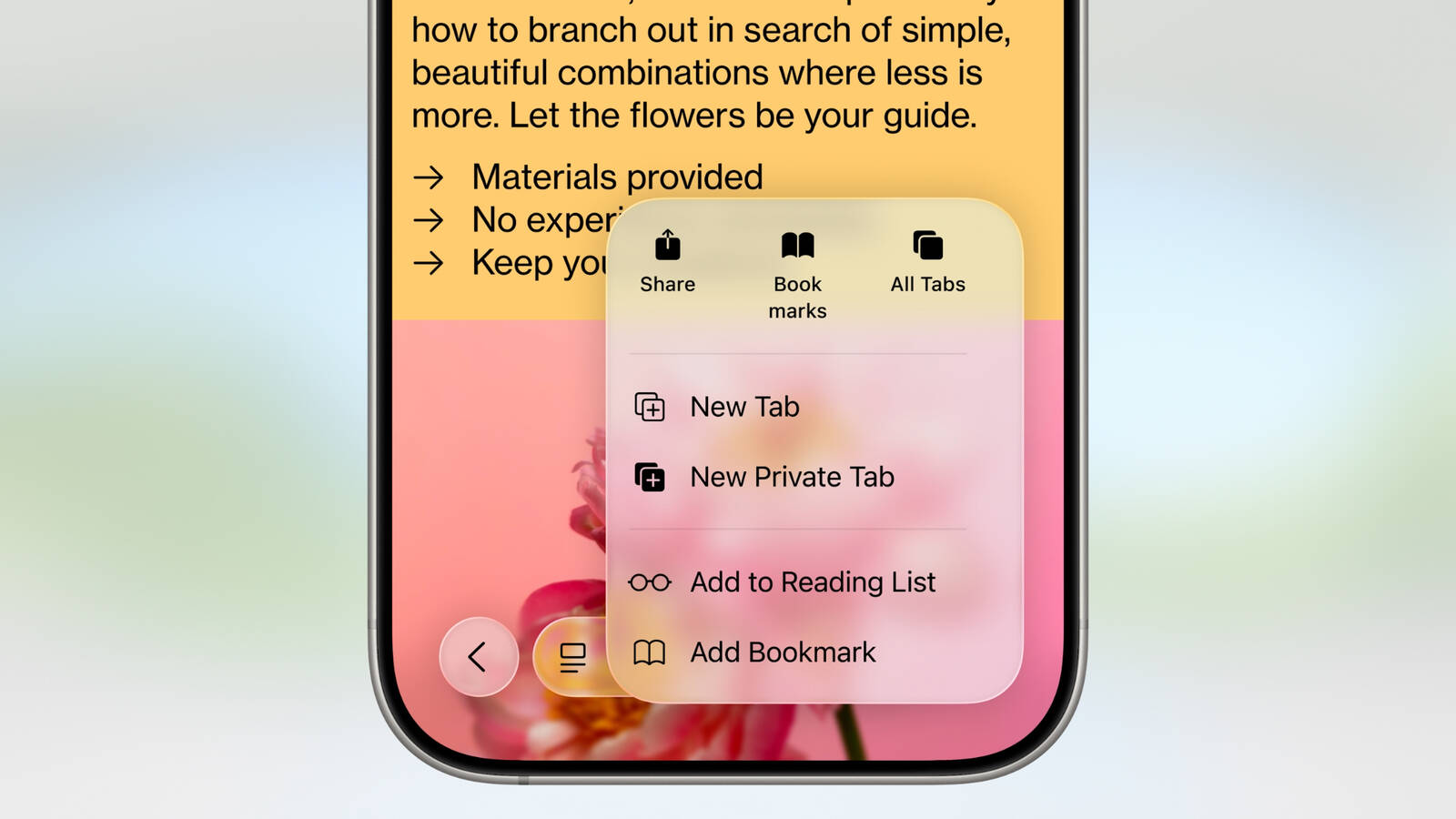Microsoft Edge is better than Google Chrome, but I can’t bring myself to switch
If you’ve used Windows 10 or Windows 11 for any amount of time online, you’ve probably tried to download your favorite web browser at some point and seen the intrusive message from Windows reminding, cajoling, and otherwise pleading with you to reconsider that Google Chrome download and just give Microsoft Edge a chance.
If you’re like me, you might have recoiled a bit by the pushiness but thought nothing of it and just cancelled out of the dialog box to continue your download in peace.
I’m constantly reviewing new laptops, desktops, and other Windows-powered systems that all come preloaded with Windows Edge. Edge is very firmly set as your default browser.
Having to change to default browser over to Google Chrome every time has led to hundreds of attempts by Microsoft to get me to stay, and each time I’ve clicked – each time I’ve switched to Google Chrome – I’ve gotten a little more determined that Chrome is the browser I want. I don’t want to keep having this conversation with my OS.
I seem to be sticking with Google Chrome purely out of stubbornness and spite. This is hardly a healthy, reasonable approach, but here I am, writing this up in Google Docs on a Chrome Browser while arguably the best web browser on the market sits here on my PC, unused. This shouldn’t be happening, and it’s important to explore why it is — and what Microsoft can do to start gaining ground on arch-rival Google.
Microsoft Edge has a lot of great features going for it
To start with, lets just go over how awesome Microsoft Edge actually is.
Built on the same Chromium foundation as Google Chrome, much of the core functionality of the two browsers are identical. If there’s an extension for Google Chrome, it probably exists for Edge as well, something that can’t be said of Firefox, Opera, or other browsers.
Microsoft has also built a ton of additional features into the Edge browser, completely separate from the Extensions model, and many of these are phenomenal.
The Edge Collections system, where you can build specific folders of bookmarks with ease to help keep you organized, is so good that it makes you look at traditional bookmarks with disdain. Plus, you can export specific collections to a spreadsheet, making source exporting for school work much easier.
(Image credit: Future)
Then, there’s the tools section, which has everything from web capture to read-aloud accessibility features (also fantastic for listening to written content while working on something else) built right into the browser. Chrome is missing some of these key features, and as a professional writer, listening to what I’ve written being read back to me is a great way to cut down on copy errors, typos, and the like. It’s an essential writer’s tool, and it’s built right into Edge.
(Image credit: Future)
Also built into Edge is the new Bing AI chatbot, powered by Open AI and ChatGPT. This makes it significantly easier to work with these new AI tools, and it’s right at your fingertips.
Here’s the kicker: Microsoft Edge has phenomenal performance that Chrome couldn’t dream of. Chrome is notorious for hogging memory and grinding to a crawl when you have too many browser tabs open. While Edge isn’t immune to memory restraints, it simply does a much better job managing its memory resources, likely owing to its much tighter integration into the OS itself.
And with that right there, it makes sense that Edge would be the browser I’d use everyday. So why the heck am I still working with Chrome?
Microsoft, please, stop asking and start selling
Personally, I think that people’s resistance to Microsoft Edge is our inclination to think that if Microsoft is pushing something this hard, it can’t be that good.
This probably stems from the natural distrust of realizing someone is trying to push you into something, and Microsoft is very clearly trying to push you into Microsoft Edge — as it must, considering that Microsoft is a business and Edge is one of its core products. But, there is something unseemly about the way Microsoft does it, and it does a disservice to Edge, turning people off.
Microsoft has tried all sorts of ways to fence us in. It breaks the easiest way to change your default browser to Chrome. It slaps promoted ads on search engines for the term “Google Chrome” and puts strategically placed buttons over download links to keep users penned into the default Edge experience.
Microsoft should instead try to sell me on the best Microsoft Edge features and what it can do better than Google Chrome.
Naturally, the easiest way to lose me as a user is to try to keep me locked in with various transparent tricks and gimmicky behavior. No one likes that, and the anti-marketing Microsoft has built-in to its entire product line, soon to include Teams and Office, does a serious disservice to an otherwise incredible web browser.
Can Microsoft Edge win me over?
(Image credit: Bandai Namco Filmworks)
It’s really hard to say if I will ever migrate myself over to Edge, because there is a strong contrarian streak in me that rebels against feeling pressured to do something. It’s hard to let go of that sometimes.
Part of Microsoft’s problem for users like me is it’s relying on my own personal maturity to recognize that their product has substantial benefits on my own. In an ideal world, that shouldn’t be a problem, but we don’t live in ideal world where all of us are in therapy to work on our self-sabotaging behaviors.
If Microsoft wants Edge to succeed, it needs to reach users like me where we’re at, and what it’s doing now definitely isn’t that. Do I also need to grow up and get away from Chrome? Absolutely, my long suffering RAM will especially thank me for that, and, as always, hope springs eternal. Maybe this is the year I finally make the switch.
Just, please, don’t ask me to use Bing.







